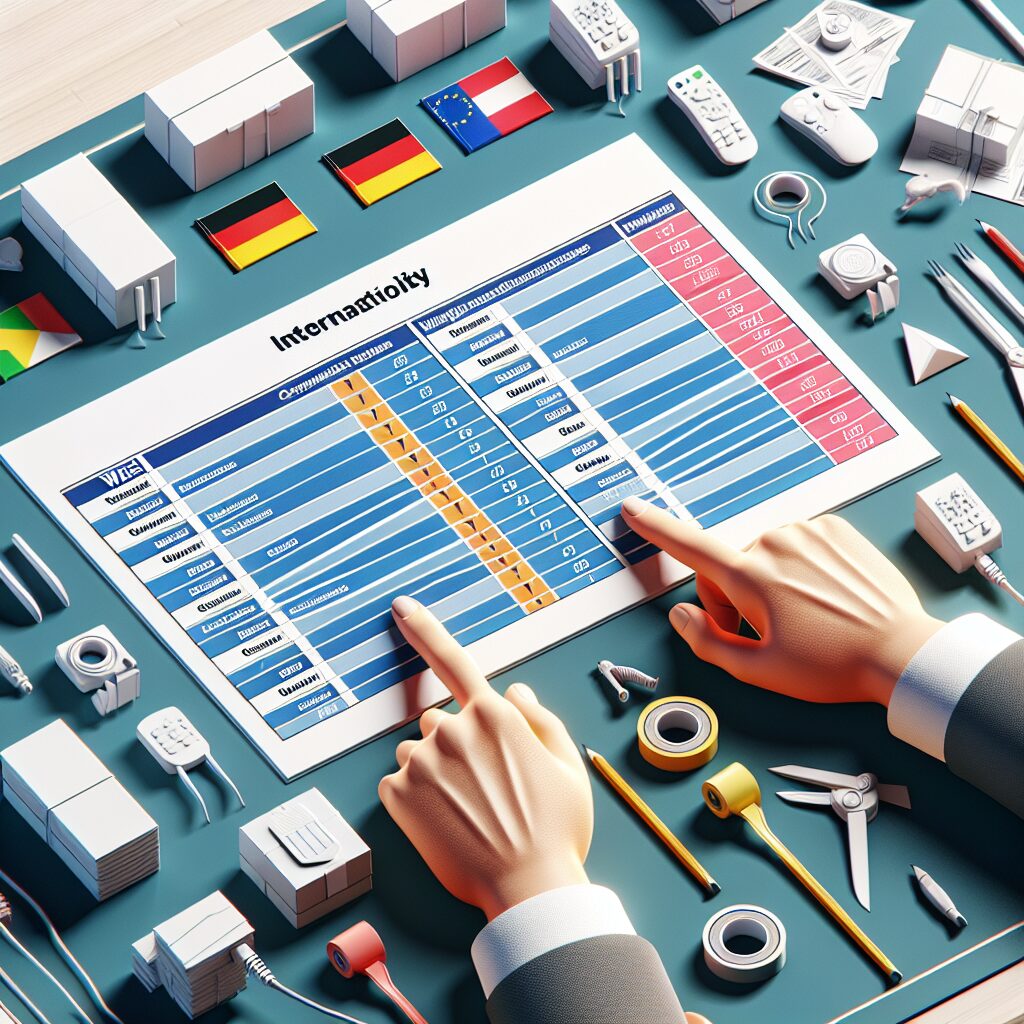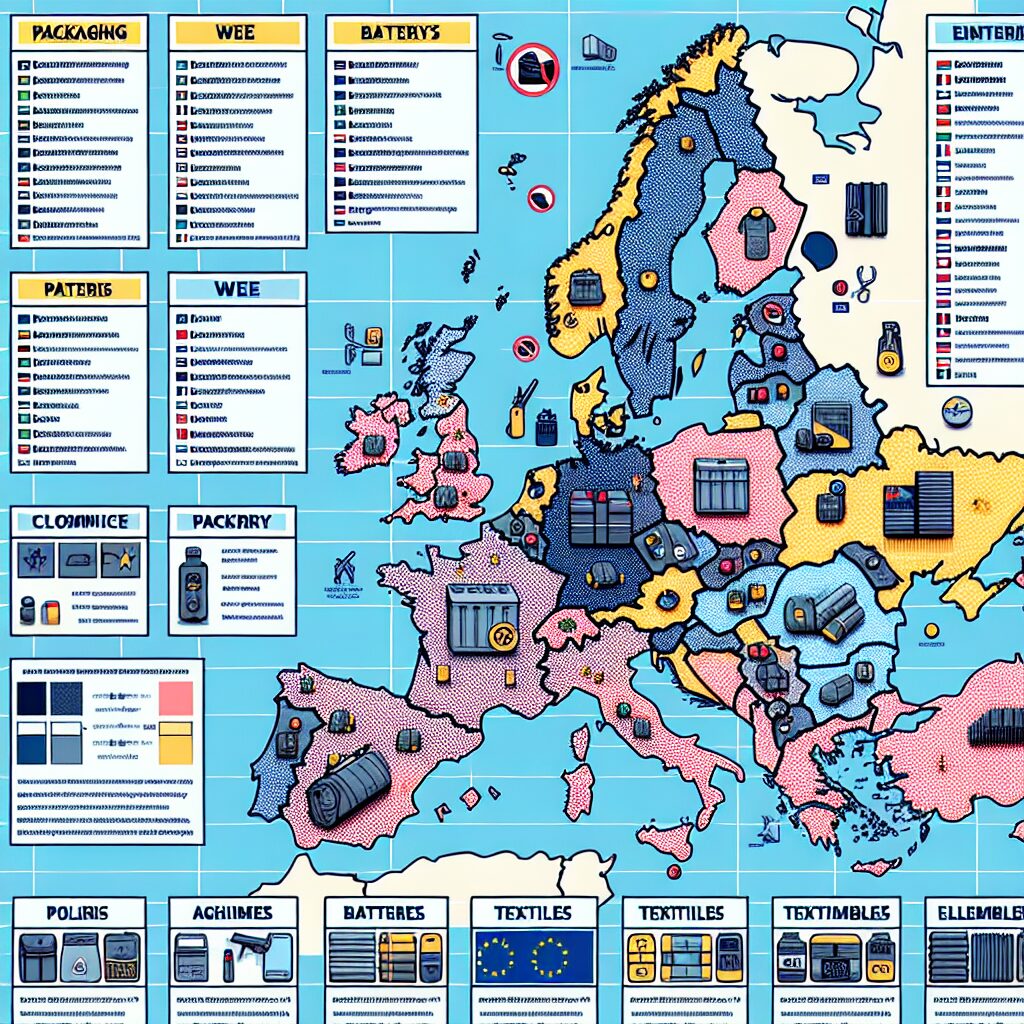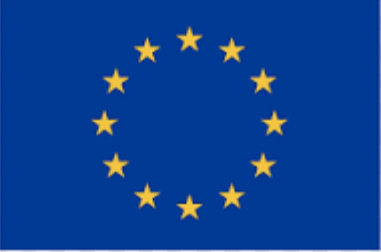About eldris
epr.eldris.ai leads the EPR sector, in fast, automated, AI Agent EU Complaince. LUCID Packaging, WEEE, and Battery Compliance for Brands, E-Commerce and Service based businesses expanding into the EU.
In This Article
- WEEE compliance is required for all Amazon sellers offering EEE products in the EU.
- Certificates must be registered with country-specific PROs or authorities.
- Failure to comply can result in listing removals, account suspension, and fines.
- Platforms like Eldris simplify compliance tracking and documentation submissions.
- Audit enforcement varies by country—track legal differences carefully.
Understanding WEEE Compliance Requirements
What Is WEEE and Why It Matters for Amazon Sellers
WEEE compliance refers to adherence with the Waste Electrical and Electronic Equipment Directive (Directive 2012/19/EU), which requires producers of electronic goods to ensure the collection, recycling, and environmentally sound disposal of electronic waste. For Amazon sellers, especially those operating across European Union markets, WEEE compliance is non-negotiable. Without it, sellers risk account suspension, blocked listings, and substantial financial penalties. Sellers on Amazon’s EU marketplaces fall under ‘Extended Producer Responsibility’ (EPR), mandating them to take accountability for the end-of-life treatment of their electronic products. This includes everything from mobile phones and consumer electronics to wall chargers and LED lighting. Crucially, even accessories bundled with non-electronic goods can trigger WEEE obligations.

Do You Need a WEEE Certificate to Sell on Amazon EU?
Country-specific EPR and WEEE Obligations
Yes, Amazon requires sellers to submit valid WEEE compliance certificates if they sell products falling under WEEE categories in countries enforcing EPR laws. These certificates must be issued by an authorised national clearing agency or a compliance scheme recognised by the relevant country. For example, in Germany, producers must register with Stiftung EAR. In France, a ‘numéro d’identifiant unique’ must be issued by ADEME. Spain and Italy also have specific clearing authorities such as ECOTIC and Ecodom respectively. Notably, WEEE EPR rules do not apply uniformly. Germany enforces particularly strict rules, with audits conducted regularly. France requires unique identifiers for each product category. Sellers must stay informed about national requirements, as failing to comply in a single country may result in restricted listings across all of Amazon’s European platforms. Amazon enforces this through its Extended Producer Responsibility programme, making document submission on Seller Central mandatory for continued access to EU markets.
How to Register for WEEE Compliance
Step-by-Step Registration Process for Amazon Sellers
Registering for WEEE compliance requires engagement with authorised compliance schemes or national registers in the countries where your electronic products are sold. The exact process differs slightly across the EU, but key steps remain consistent. First, identify the EEE categories under which your products fall. Second, register with a national Producer Responsibility Organisation (PRO) or via an EPR compliance partner. In Germany, for instance, sellers must register on the Stiftung EAR portal. Upon registration approval, you will receive a WEEE registration number, sometimes referred to as an EPR number. France requires the ADEME identifier, and Spain uses ECOEMBES. Once registered, sellers are also mandated to report sales volumes periodically to the relevant PROs and pay eco-contributions or recycling fees based on weight or unit sold. Failure to do so may invalidate your certificate. Using a designated compliance service or a marketplace-supported solution can significantly ease the registration and renewal processes. Remember, without a valid WEEE certificate, you cannot legally sell EEE goods on Amazon EU.
Uploading Documents to Seller Central
How to Submit Your WEEE Certificate and Track Status
After obtaining your WEEE registration certificate, Amazon sellers must upload the document to Seller Central under the EPR Compliance Portal. Follow these steps: log in to Seller Central, navigate to ‘Compliance’ > ‘EPR Compliance Portal’, and locate the appropriate product category. From there, select your country of sale—such as Germany or France—and enter your compliance information, including the producer registration number. Upload the certificate issued by the national compliance authority or scheme. The document must be valid and reflect the correct company name, address, and covered categories. Once uploaded, Amazon typically takes 5–10 business days to validate the documentation. During this period, it is crucial to track your application status. Seller Central displays whether documents are “under review,” “approved,” or require “amendment.” Ensure the information matches your Amazon seller account to avoid rejection. Please note that failing to submit valid compliance documents may lead to restricted access to EU marketplaces or active removal of listings affected by the WEEE directive.
Common Mistakes and Pitfalls
Top Errors Sellers Make with WEEE Documentation
Many Amazon sellers encounter issues that delay or invalidate their WEEE compliance status. One frequent error is incorrectly classifying their products. For example, cables bundled with non-electronic items are still considered EEE under many national schemes. Another mistake involves submitting expired registration documents or certificates from non-authorised compliance schemes. Additionally, some sellers register under personal names rather than legal business entities, causing mismatches between Amazon account data and registration numbers. A significant pitfall is overlooking country-specific documentation requirements. While Germany requires a unique WEEE number per category, France mandates an ADEME identifier, and Spain necessitates proof of membership in a PRO such as ECOLEC. Sellers also frequently delay or forget mandatory monthly or quarterly reporting, which is essential for maintaining compliance. Such oversights may result in voided certificates, rejection by Amazon’s EPR audit team, or ultimately, account suspension. To mitigate risk, sellers should maintain a compliance calendar and use software integrations to streamline reporting and renewals.
Best Practices to Stay Compliant in 2025
Automation, Updates, and Renewal Tips for EPR
Staying WEEE compliant in 2025 requires more than initial registration. Sellers must implement practices that support proactive and ongoing regulatory adherence. First, set reminders for regular reporting obligations to national PROs. This might be monthly in France or quarterly in Germany. Second, use dedicated compliance tools or third-party services to automate reporting, fee calculations, and certificate renewal tracking. Compliance platforms also flag newly introduced legislative changes, critical for ensuring Amazon sellers remain up-to-date. For instance, as of January 2025, category expansions are expected under WEEE in multiple countries. Keep documents organised in digital formats, and label them by expiry date and product type to avoid confusion when uploading to Seller Central. Additionally, monitor communication from Amazon regarding rule changes under its EPR programme. Sellers should also conduct periodic assessments of their product catalogue to determine if new items fall under WEEE. By integrating compliance from the outset into product development and listing processes, sellers significantly reduce regulatory risks.
Tools That Help With EPR and WEEE Compliance
Platforms Like Eldris for Automated Compliance
Several digital platforms now offer streamlined compliance solutions tailored to Amazon sellers. Tools like Eldris simplify WEEE compliance by providing automated registration, document submission, country-specific audit support, and ongoing reporting features. With Eldris, you can manage multiple product categories and markets through a unified dashboard. Sellers also receive automated alerts for upcoming deadlines, documentation expiries, and legislative updates in target marketplaces. Additionally, Eldris integrates directly with Amazon Seller Central, reducing manual entry errors. Some services allow real-time validation of documents before submission, ensuring accuracy. These platforms not only minimise the administrative burden but also improve response times during Amazon audits. For sellers scaling across the EU, solutions like Learn more about EU & Amazon Marketplace Product Compliance can eliminate compliance bottlenecks. Whether you operate in one or several Amazon marketplaces, using automation to handle EPR systems is a strategic investment to secure long-term marketplace access and compliance confidence.
Country-by-Country WEEE Enforcement Differences
Audit Practices in Germany, France, Spain, and More
WEEE compliance varies significantly by country, particularly in terms of enforcement intensity and audit procedures. Germany’s Stiftung EAR conducts regular cross-checks between registered sellers and actual market activity on Amazon, making non-compliance easy to detect. French authorities, via ADEME, require companies to maintain publicly available ADEME numbers. Missed public disclosures can trigger fines or delisting of SKUs. In Spain, regional PROs like ECOTIC or ECOLEC collaborate with customs authorities to catch imports that bypass EPR obligations. Italy emphasises financial contributions to authorised recyclers, and periodic random inspections are conducted. Austria and Belgium have recently announced more streamlined PRO partnerships, with platforms like Read a related article offering direct EPR compatibility. Sellers expanding across Europe should maintain a compliance matrix that matches their SKUs against country-specific thresholds, categories, audit cycles, and languages. Moreover, multilingual document submission is increasingly important. Using a unified platform or legal advisory partner helps avoid fragmented or incomplete submissions. Understanding these differences greatly improves your chances of trading consistently across EU marketplaces.
How Non-Compliance Affects Marketplace Visibility
Account Suspension, Blocked Listings & Other Risks
The consequences of falling out of WEEE compliance are severe. Amazon has implemented automated enforcement actions against non-compliant sellers. These include: blocked ASINs, delisting of non-compliant SKUs, and suspension of seller accounts from cross-border EU marketplaces. In extreme cases, Amazon may not release disbursements related to affected lines until compliance is restored. Additionally, non-compliant sellers risk fines from local environmental agencies. Once suspended for non-compliance, sellers face arduous reinstatement processes, which often require fresh registration, re-audit, and months-long revalidation. Worse, suspension flags are sometimes shared across Amazon’s broader ecosystem, affecting FBA options and Seller Fulfilled Prime eligibility. By contrast, compliant sellers enjoy higher Buy Box visibility and uninterrupted trading privileges. Therefore, sellers must treat WEEE compliance as fundamental infrastructure. Embedding regulatory practices strongly correlates with long-term sales velocity and listing survivability, particularly during seasonal peaks or product launches. Consider leveraging Submitting your WEEE registration details to Amazon to validate your compliance standing before Amazon’s automated checks catch discrepancies.
Frequently Asked Amazon Seller Questions
Answers to What, Where & How of WEEE Filing
Do I need to register separately for each country? Yes. Each EU member state enforces WEEE via its own national authority. You must register in each country where you ship eligible electronic products.
What products fall under WEEE? Electronic and electrical goods, including those with embedded batteries or chargers, generally qualify. Check EU EEE categories to confirm applicability.
Do private-label sellers also need registration? Absolutely. Even if you outsource fulfilment or manufacturing, you are considered the producer under EU law.
Can Amazon help with registration? Yes. Amazon offers several partner services through its Service Provider Network, including Eldris, to support WEEE compliance.
What happens if I sell without uploading certificates? Amazon may restrict ASINs, withhold earnings, or suspend your EU operations.
How often must I renew my certificate? Most countries require annual renewal, but reporting intervals may be quarterly or monthly. Stay alert through your compliance partner or PRO communications.
“Without WEEE compliance, your EU business is fundamentally operating out of bounds—protect your store and profits by filing correctly and on time.”
Conclusion: Stay Actively Compliant & Sell Globally
As Amazon continues to align with EU sustainability regulations, WEEE compliance remains a core requirement for long-term trading success. Whether you’re an emerging FBA seller or managing a vast catalogue of electronic products, your compliance strategy should be both proactive and dynamic. Stay informed with country-specific updates, use reliable tools like Eldris for automation, and monitor Seller Central closely for documentation requests. Make regulatory alignment a permanent fixture of your operations. In doing so, you’ll protect your account, increase buyer trust, and expand your presence confidently across every European marketplace.
Great guide on weee-compliance-certificates-amazon-sellers – Community Feedback
What is a WEEE compliance certificate and why does Amazon require it?
A WEEE compliance certificate is official proof that your electronic products meet e-waste management regulations in the EU. Amazon requires this so that all sellers comply with Extended Producer Responsibility (EPR) laws, enabling the listing and sale of electronic goods in relevant EU countries.
How do I upload my WEEE certificate to Amazon Seller Central?
Login to Seller Central, navigate to the Compliance section, and select EPR. Choose the correct category and country, then upload your WEEE certificate or registration number. Amazon will verify your documentation for marketplace approval.
What happens if I fail to provide my WEEE certificate for EU marketplaces?
If you do not submit a valid WEEE certificate, Amazon may block or suspend your product listings in affected EU countries. Non-compliance can lead to account penalties and prevent you from legally selling electronics online.










